Affiliate links on Android Authority may earn us a commission. Learn more.
5G has arrived - here's what you can expect from Sprint
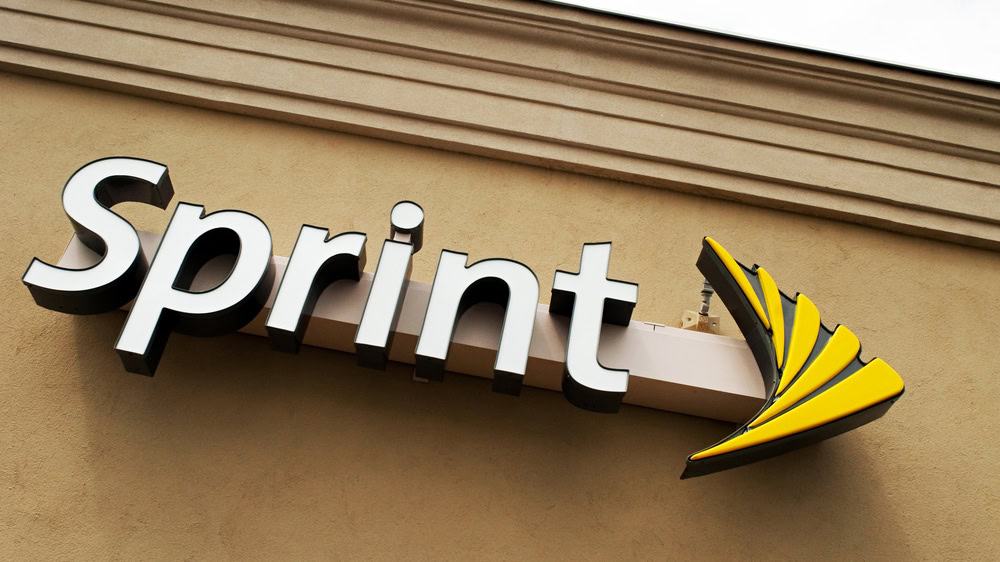
Update – August 27, 2019 – We have added Sprint’s four new 5G cities (Los Angeles, New York City, Phoenix and Washington, D.C.) plus added the carrier’s next 5G phone, the OnePlus 7 Pro 5G.
If you ask Sprint, its competitors are trying to “make lemonade out of the lemons they have.” Sprint believes it will provide the best 5G service with its massive spectrum holdings in the 2.5GHz band. Thus, while Verizon and AT&T are betting on short-range millimeter-wave connectivity in densely populated cities first, Sprint is shooting for Massive MIMO and beamforming to provide more coverage per cell site than its competitors.
For starters, Sprint is upgrading its cell towers with dual-mode Massive MIMO radios to provide both 4G LTE and 5G connectivity. Because it’s using the mid-band 2.5GHz spectrum, there’s no need for huge antennas. This means Sprint can cram 64 receivers and 64 transmitters onto one tower (the typical setup is 4 x 4 and 8 x 8 configurations), and simply switch on the 5G aspect in 2019.
Related:
Beamforming “beams” a focused signal to each connected device to minimize interference. These beams can be scaled according to use, such as decreasing the transmission speed when sending texts or increasing speed and capacity for a VR headset. Thus, rather than broadcasting a huge signal for all Sprint customers to access, the company will service each device individually.
Despite all the public information concerning Sprint’s 5G plans, the company is in the process of merging with T-Mobile to create a larger 5G network. However, the Federal Communications Commission paused its informal 180-day transaction “shot clock” to review “newly-submitted and anticipated modeling,”so the merger is currently on hold as both companies provide more information.
Meanwhile, the merger received an approval by the Committee on Foreign Investment in the United States (CFIUS) on December 17, 2018. Also giving a thumbs up is “Team Telecom” – the U.S. Department of Justice, Department of Homeland Security, and Department of Defense – after reviewing the merger details. The three submitted their approval to the FCC having no objections to the deal regarding national security and public safety.
In comparison, AT&T’s 5G roadmap is a bit more extensive. The company is rolling out a pseudo-5G network called 5G Evolution, which will eventually give way to the company’s true Mobile 5G platform. AT&T is also planning a fixed wireless in-home service at a later date. Meanwhile, Verizon is taking the opposite approach, offering a fixed wireless in-home service first, followed by its 5G service for mobile devices.
All that said, let’s take a look at what Sprint plans to offer in the next few years.
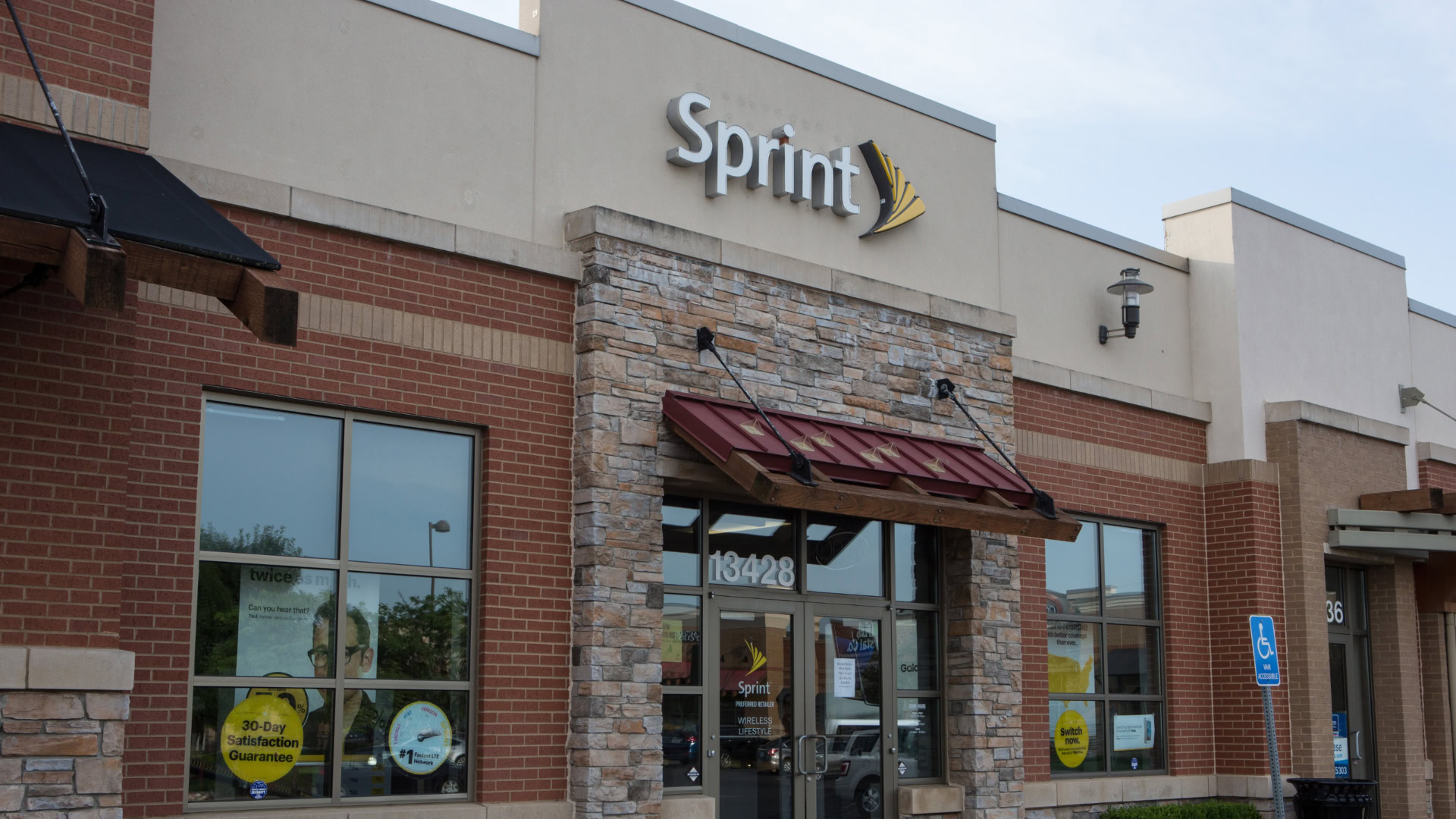
Spectrum
Sprint is using its large 2.5GHz mid-band spectrum holdings in Band 41 to launch a nationwide 5G service in the first half of 2019. Band 41 has a width of 194MHz and a frequency between 2,496MHz (2.49GHz) and 2,690MHz (2.69GHz).
Using the 2.5GHz spectrum, Sprint is creating a Time Division Duplex (TDD) network, which is supposedly ideal for Massive MIMO. A TDD network uses a single frequency band to send and receive transmissions. It manages multiple send and receive requests by assigning appointed time slots, just like networking routers. Meanwhile, other networks use Frequency Division Duplex (FDD), which uses separate wireless channels on separate frequencies — one to transmit and one to receive.
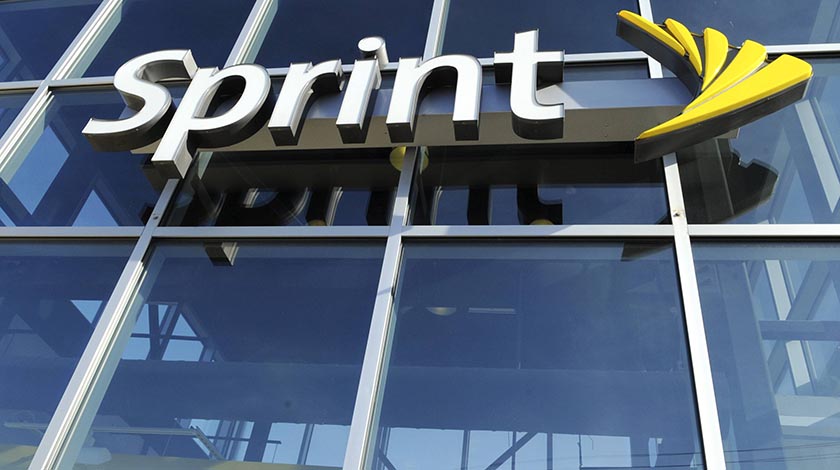
Rollout plans
Sprint is upgrading its macro cell sites with dual-mode Massive MIMO radios to support 800MHz, 1.9GHz and 2.5GHz. According to Sprint, the 800MHz band extends voice and data coverage for better indoor connectivity. The 1.9GHz band provides broader coverage across the nation whereas 2.5GHz will deliver “super-fast” data speeds. Note that T-Mobile is using 600MHz to deliver long-range nationwide long-range 5G connectivity.
Sprint is currently building thousands of new cell sites to expand its network coverage. To densify the network and increase capacity and speed, new small cell sites are popping up in large cities across the nation as well. Sprint is focusing on large cities first because these markets will see the most demand for 5G connectivity.
“Sprint is one of the only operators in the world with enough capacity to operate LTE and 5G simultaneously using Massive MIMO and huge channels of 100-200MHz of licensed spectrum. We can deploy this in the top markets across the country and that’s a powerful differentiator for Sprint,” said Sprint Chief Technology Officer Dr. John Saw in a press release.
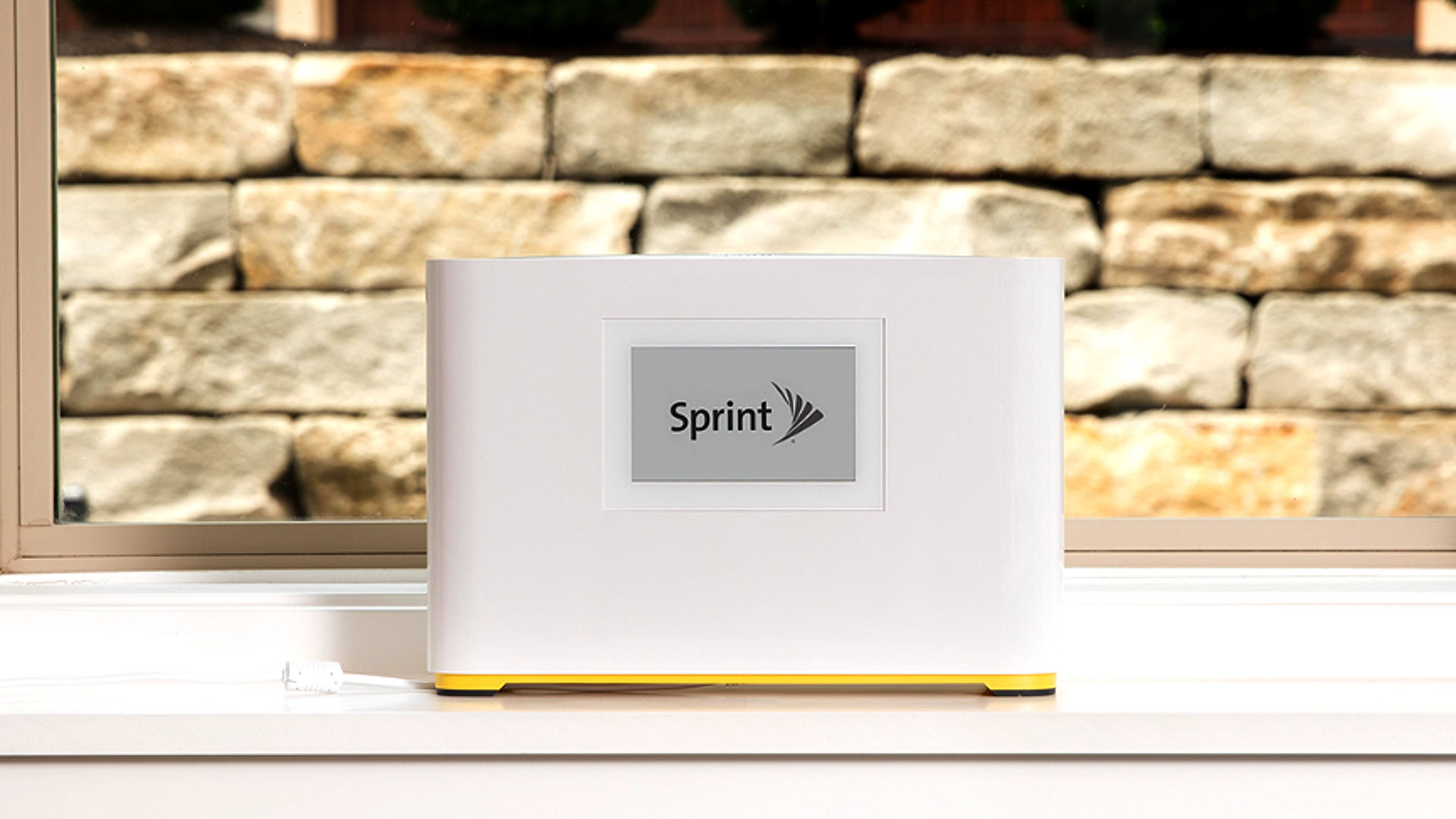
Sprint’s 5G plans include its third-generation Sprint Magic Box. Supporting the company’s 2.5GHz spectrum, Magic Box is a plug-and-play free-standing all-wireless small cell device for businesses that wirelessly connects to a nearby Sprint cell tower and amplifies the signal, increasing the download speed by up to 250 percent.
Manufactured by Airspan Networks, Magic Box includes four transmitters, four receivers, support for 256-QAM modulation, support for three-carrier aggregation and up to 64 simultaneous users. If a connection to Sprint’s cell tower isn’t available, the device will fall back on your local Wi-Fi network. Sprint’s Magic Box first made its debut in May 2017.
The company also introduced the soccer ball-like Magic Ball at the end of March, a portable all-wireless small cell device for consumers. The company promised to bring the same technology to basketball, football, volleyball, and dodgeball form factors, but this turned out to be a clever April Fools’ joke (but a cool idea nonetheless).
Currently, there’s no indication Sprint will provide a fixed wireless in-home service outside the Sprint / T-Mobile merger.
Sprint 5G to provide service for Google Fi
Sprint has confirmed that when it does launch its 5G network, it will also enable support for anyone signed up for Google Fi, the MVNO operated by Google. However, it’s currently not known what Google Fi devices will support Sprint’s 5G network.
Sprint 5G Markets announced
Sprint launched 5G network in parts of Atlanta, Dallas, Houston, and Kansas City in late May. In July, it added parts of Chicago to its 5G network. In late August, it added parts of Los Angeles, New York City, Phoenix, and Washington D.C. to its 5G network, and expanded the service to cover more areas in and around Atlanta, Dallas, Houston, and Kansas City. The company boasts coverage won’t be just hot spots as seen with AT&T and Verizon but will cover large areas within these markets. Indeed, Sprint claims that its 5G network will cover over 1,000 square miles across its nine launch cities.
Sprint 5G phones and hubs
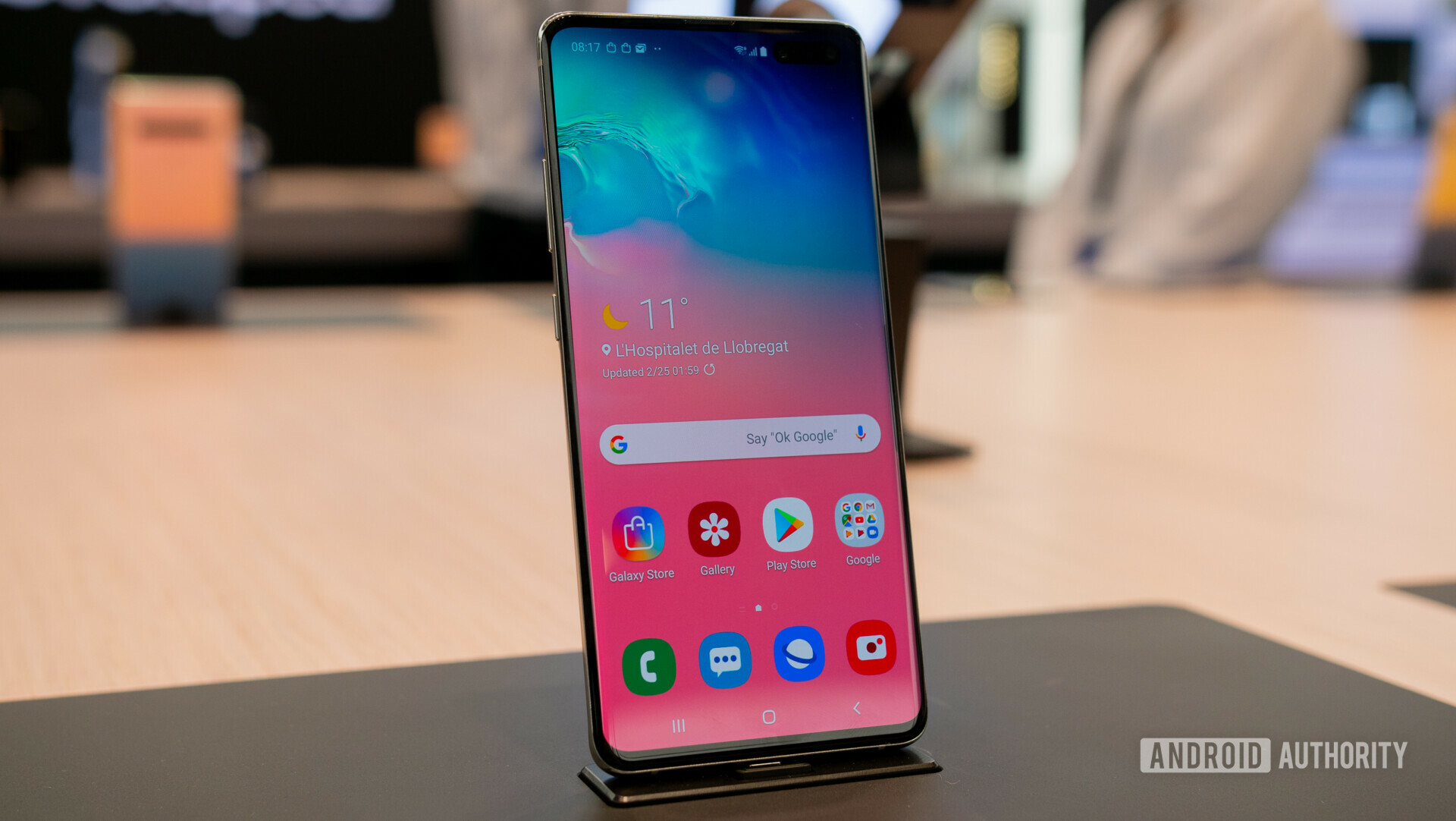
Sprint has started selling the Samsung Galaxy S10 5G phone. It costs $1,299.99 without a contract, and with 256GB of storage. Sprint is currently selling the phone on an 18-month payment plan with an automatic $250 discount, which means that you will pay $40.28 a month for 18 months. The Galaxy S10 5G does require the customer to sign up for Sprint’s Unlimited Premium Plan, which costs $80 a month for the first line, but also includes bonuses such as free access to Hulu, Amazon Prime and TIDAL streaming services, along with 100GB of LTE hotspot access per month.
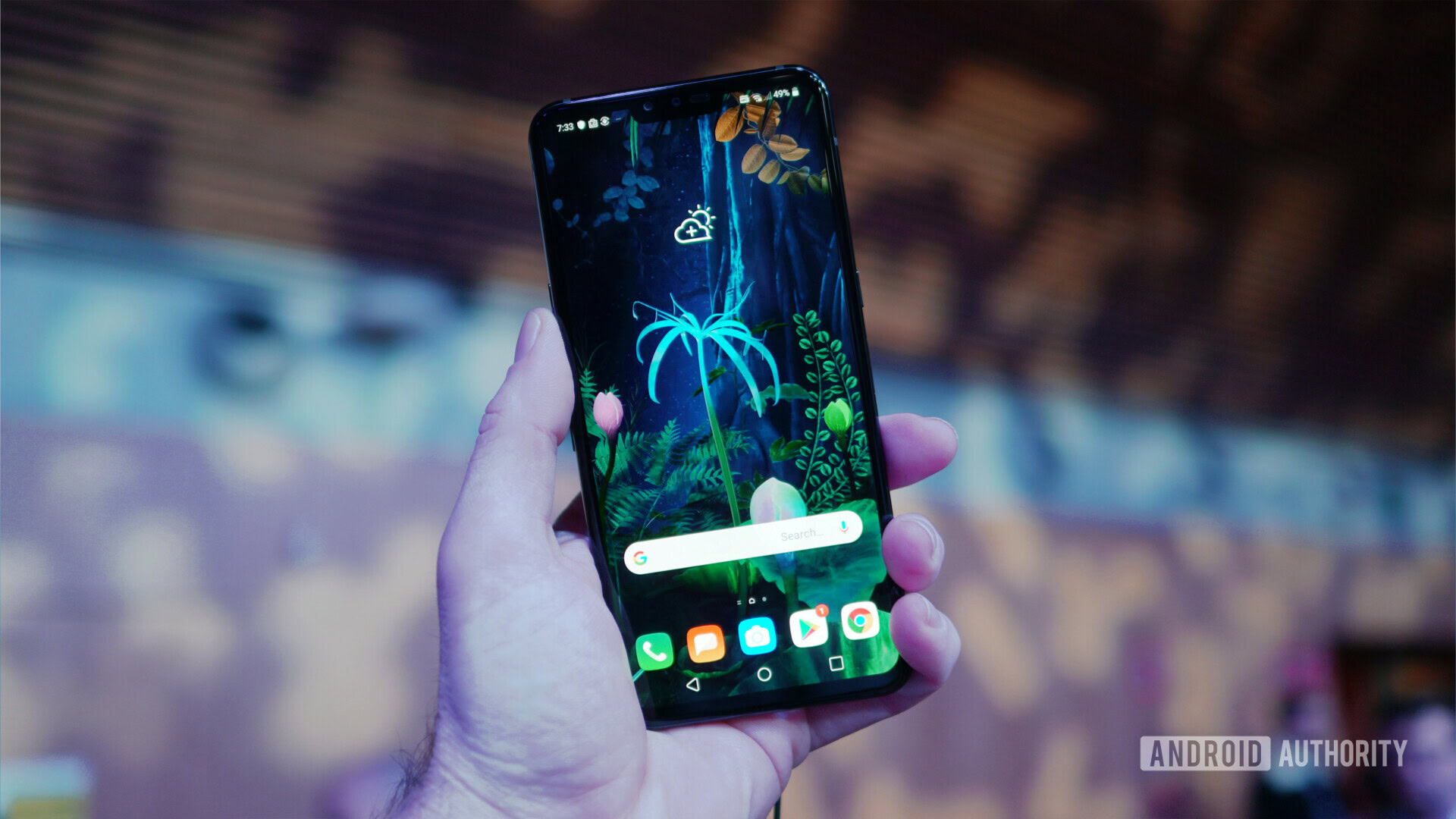
Spint is also selling the 5G-only LG V50 ThinQ smartphone. The 6.4-inch device is now on sale. For a limited time, Sprint is selling it for $19 per month with $0 down with a Sprint Flex 18-month lease plan, and the carrier says that is half of its normal lease price. The normal, non-contract version costs $999.99
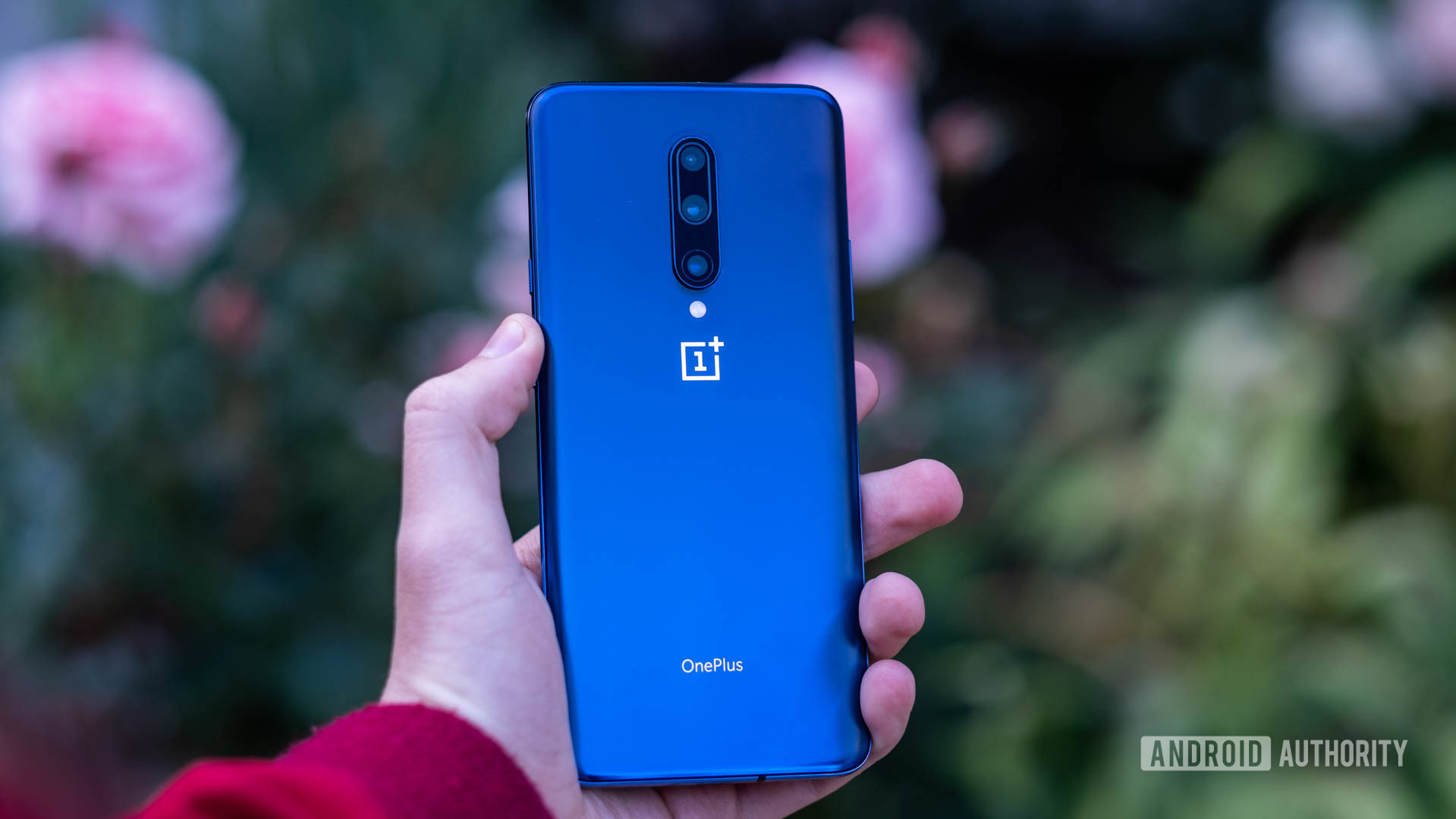
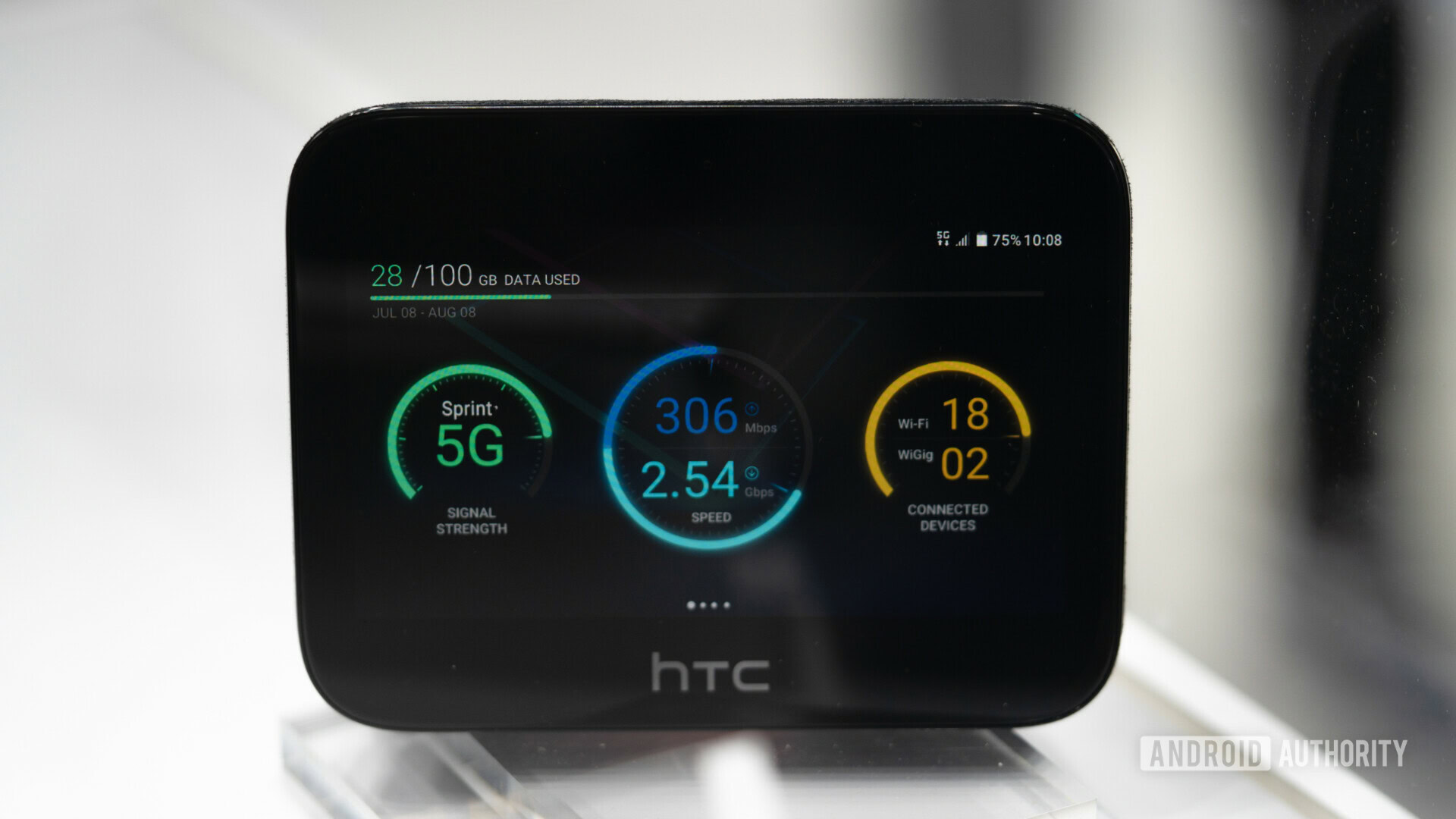
Finally, Sprint will sell the HTC 5G Hub sometime in the second quarter of 2019. It supports up to 20 connected devices, all of which can experience the 5G speeds on Sprint’s network. It also has its own 5-inch display for watching movies, playing games and more, since it is also a full Android 9 Pie device. Pre-orders have begun, but again, you can only purchase one, at least at the moment, in the first four 5G cities of Atlanta, Dallas, Houston and Kansas City. The HTC5G Hub will cost $12.50 per month for 24 months on a Sprint Flex plan. That’s about half its normal monthly lease price, so normally you would have to pay $600 for the full, non-contract, price.
Sprint 5G Plans and prices
For the LG V50 ThinQ, Sprint will offer customers its Unlimited Premium plan, which offers unlimited 5G and 4G data, and 100GB of high-speed mobile hotspot data, for $80 a month for one line. Sprint Unlimited Premium also includes features like free access to Amazon Prime, the commercial-based version of Hulu, and TIDAL Premium. Sprint is also throwing in a three-month subscription to Hatch, which will give phone owners access to over 100 premium Android games via streaming.
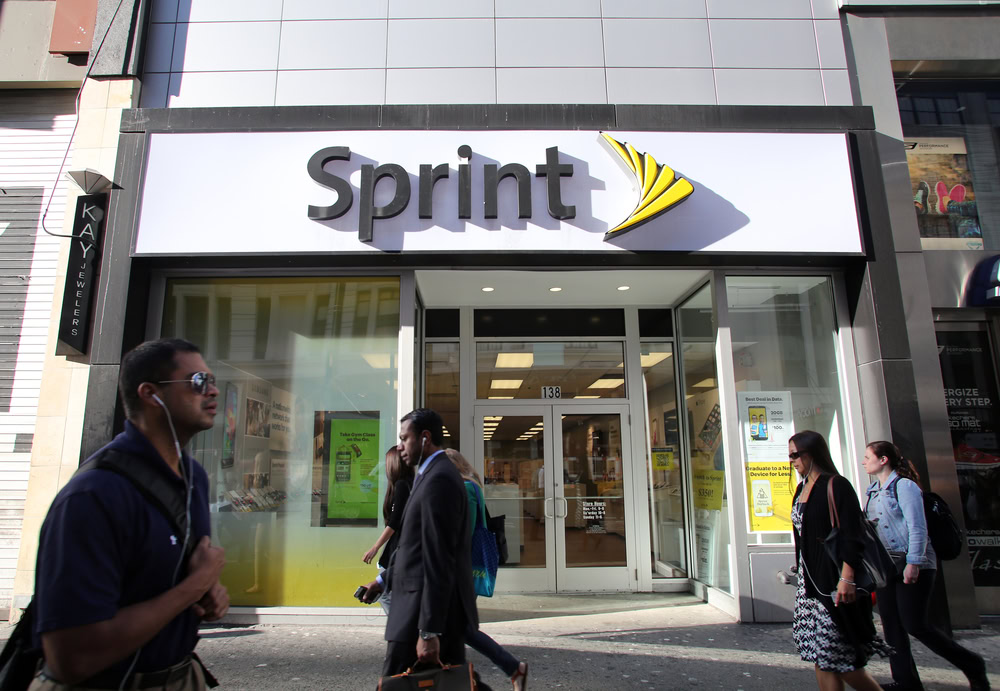
For the HTC5G Hub, Sprint is offering a $60 a month plan, which offers up to 100GB of downloadable data. Sadly, there’s no unlimited data option for this 5G hotspot.
Other things we know
Sprint’s Massive MIMO upgrade relies on solutions provided by Ericsson, Nokia, and Samsung. According to the South Korean company, the upgrade doesn’t just apply to Sprint’s upcoming 5G network, it increases throughput and capacity on the carrier’s 4G LTE network as well. Upgrading the antenna count prevents Sprint from investing in additional spectrum and massive numbers of cell towers.
Sprint and Nokia demonstrated a 5G NR connection over a dual mode-capable Massive MIMO radio in September. Conducted during World Mobile Congress Americas, the test included Nokia’s commercial AirScale Base Station and Massive MIMO Active Antenna, and a VIAVI TM500 5G test device emulator.
By the company’s first fiscal quarter in 2018, Sprint upgraded “thousands” of macro sites to support the 800MHz, 1.9GHz, and 2.5GHz bands. It also deployed more than 15,000 outdoor small cell sites and distributed more than 260,000 Sprint Magic Boxes.
Sprint won the “Overall Wireless Broadband Solution” and “Next-Gen Wi-Fi Operator Deployment of the Year” awards for its Massive MIMO solution.
Sprint completed its first 5G data transmission on the 2.5GHz spectrum at its Reston, Virginia lab. The company plans to conduct additional testing in the field “soon.”
Saw said in December that more than 25,000 mini macros and strand mounts have already been deployed nationwide along with “hundreds” of Massive MIMO radios. He also noted that more than 70 percent of Sprint’s sites now support the 2.5GHz spectrum. Sprint even increased its LTE data coverage footprint by 30 percent over the past 12 months, Saw said.
“Sprint’s 2.5 GHz spectrum combined with innovative Massive MIMO will drive boost capacity to help move more data to more people more quickly,” he said in his December update. “Our use of this technology in Atlanta ahead of the big game in February will be a great test.”
That test refers to Sprint’s networking hardware installed in and around Atlanta’s Mercedes-Benz Stadium. According to Regional Vice President Mike Hennigan, Sprint installed the equivalent of seven cell sites just in that area alone. It’s part of the company’s overall 5G coverage launching within Atlanta during 2019, which also includes hardware deployment in all underground MARTA stations and at the Hartsfield-Jackson International Airport. Sprint also upgraded its cell sites strung along I-85, I-75, I-20, and the I-285 beltway around the city in time for the big football showdown.
Overall, Sprint will be capable of handling the loads of extra data pushed by visitors attending Super Bowl 53 (LIII). Sprint expects even more data consumption than the 9.7TB used by football fans in and around the Minneapolis stadium during 2018’s Super Bowl 52 (LII). Sprint only saw 5TB used during 2017’s Super Bowl 51 (LI).
According to Sprint, the 1.9GHz spectrum will handle voice and general data while the 2.5GHz spectrum will focus on “super-fast” uploads and downloads.